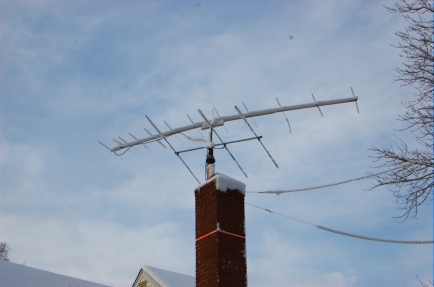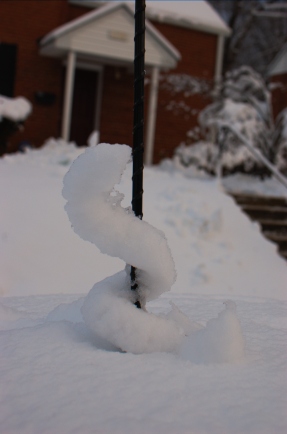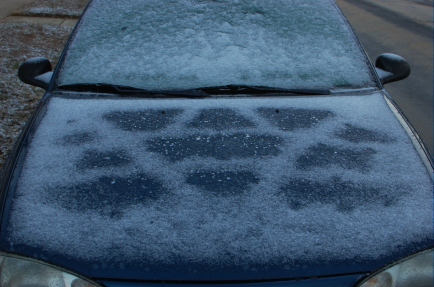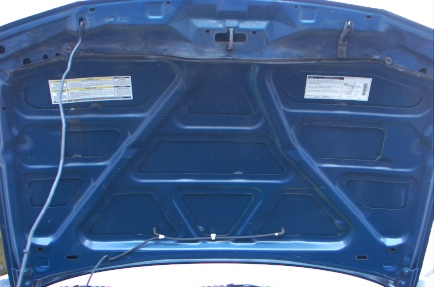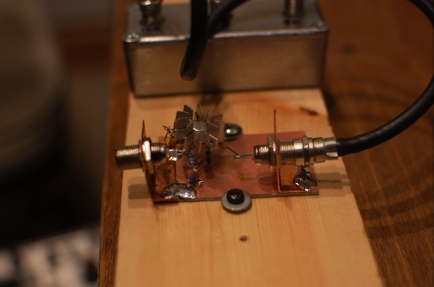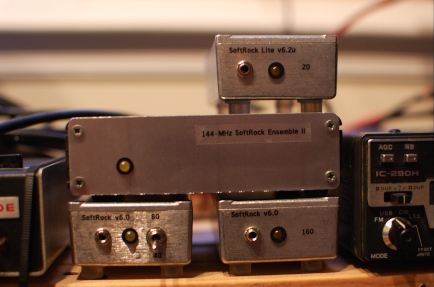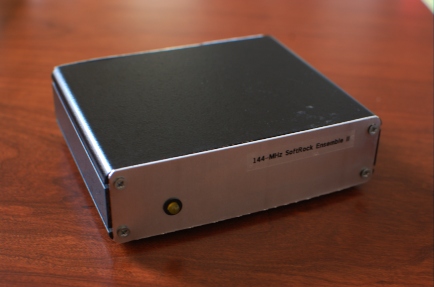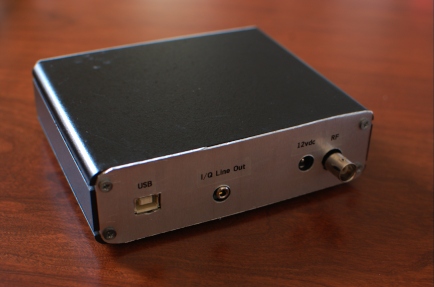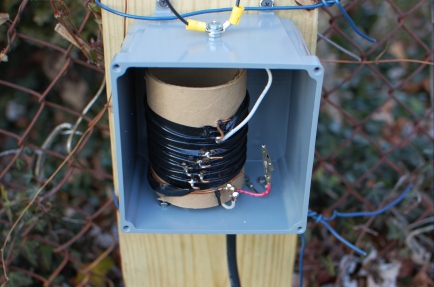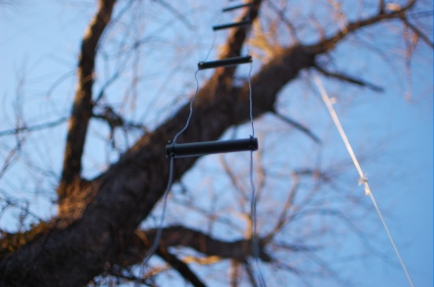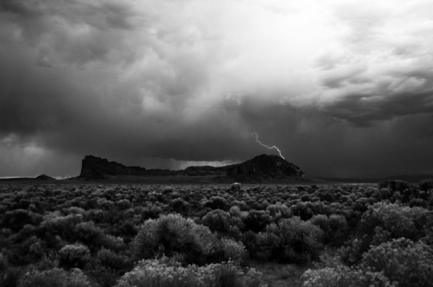We got a dose of Mid-Atlantic winter weather last week—that once or twice a year event that is too much for the utilities and drivers to handle. Snow, sleet, freezing rain, and rain arrived on Wednesday. Power was out from 2030 LT to 0200 LT on Wednesday night/Thursday morning and then again from 1600 LT on Thursday to around 1100 LT on Friday. So, I didn’t get to operate NS this week on account of no power! I did think of going out to the car, but I was too wiped out and cold from the furnace blower being off. I just wanted to crawl under a big pile of blankets and sleep until the electricity came back on. As I have mentioned before, I grew up in an area with many Amish. A coworker many years ago was teasing me about finding an Amish girlfriend. I responded by asking him how an electrical engineer would fare in a society dedicated to not using electricity. He had to agree, although the Amish have rather ingenious mechanisms for harnessing electricity to do their work. But, as usual, I digress—we’re slightly dependent on electricity in ways we probably should not be!
I like contesting on 160 meters (1.8 MHz). When you call CQ, you are usually rewarded with blistering rate from loud stateside stations. When you’re tuning up and down the band, weak DX stations pop out from between said loud stateside stations. Now that I have something resembling a 160-meter antenna, I gave the CQ 160 CW contest a shot after some friends left on Saturday night. Another nice thing was that the station is working well enough (with the exception of the K9AY relays and possibly directivity) that I could just walk into the shack and operate.
So, that’s what I did… Only worked a handful of Europeans, but that’s not too surprising. They were loud here, even with 10 dB of attenuation in line to reduce IMD from really loud local stations. There were numerous other European stations that I could hear (on the TX antenna) but was unable to raise. But, in about four hours (three in the CQ 160 and one in the NAQP) of operating on Topband, I have only the hard states left for WAS from this QTH: ID, SD, ND, WY, AK, HI. I’m waiting for the LoTW confirmations to start showing up!
CQ 160-Meter Contest, CW Call: K8GU Operator(s): K8GU Station: K8GU Class: Single Op LP QTH: MD Operating Time (hrs): 3 Summary: Total: QSOs = 182 State/Prov = 48 Countries = 8 Total Score = 25,984 Club: Potomac Valley Radio Club
